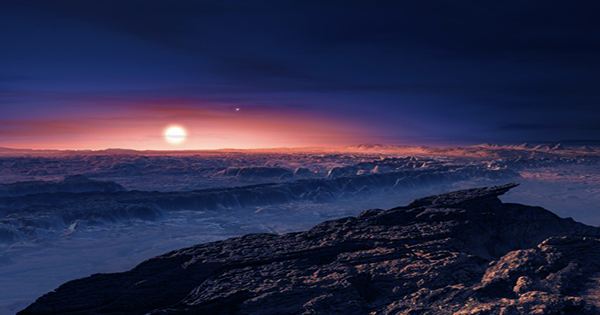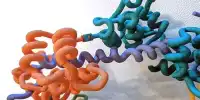Astronomers have discovered a strange vortex of pebbles, dust, and gas around a star. They suspect that it may be an exoplanet formed within the crescent of the elements. Published in astronomy and astrophysics, the discovery revolves around a star that is already known for its stimulus explanations.
In 2019, researchers found that the system is forming three explanates in wide orbits. In particular, they were able to detect evidence of large vertical flows of gas on the disks of the elements from which the planets were made. They described it as a huge waterfall driven by planetary formation.
The possible new planets in the vicinity of HD 163296 – a star located 330 light-years away from us in Sagittarius – are much closer to the star than the other three planets. This new disk feature is about the same distance from the stars as Mercury is from the Sun but is moving faster than Mercury, the warmest part of the disk rotating once a month.
This temperature attracted the team to investigate the cyclone. This region is much warmer than the rest of the disk. The team suspected that the hot spot was indeed a whirlpool, where dust was the dominant element. Simulations support this idea. Computer models suggest that collisions in the vortex will crush the pebbles so that only dust remains, as opposed to the rest of the disc where dust and pebbles are crushed together. This search is important for understanding how planets can form. In particular, it may be an indication of how rocky terrestrial planets like ours will come to be.
The observations were thanks to a very clever strategy. Combining infrared observations from four telescopes at the ESO Observatory in the Cerro Paranal Mountains of the Atacama Desert in Chile, the team was able to create a “virtual telescope” with a diameter of 200 meters (660 feet), much larger than each individual telescope.
This is of course greater than the sum of the whole parts unless you know how to put these parts together. The gas disc around the star is one of the brightest ever seen, making observations possible over the past few years. The team hopes to apply this approach to other systems by expanding our understanding of recipient formation.















